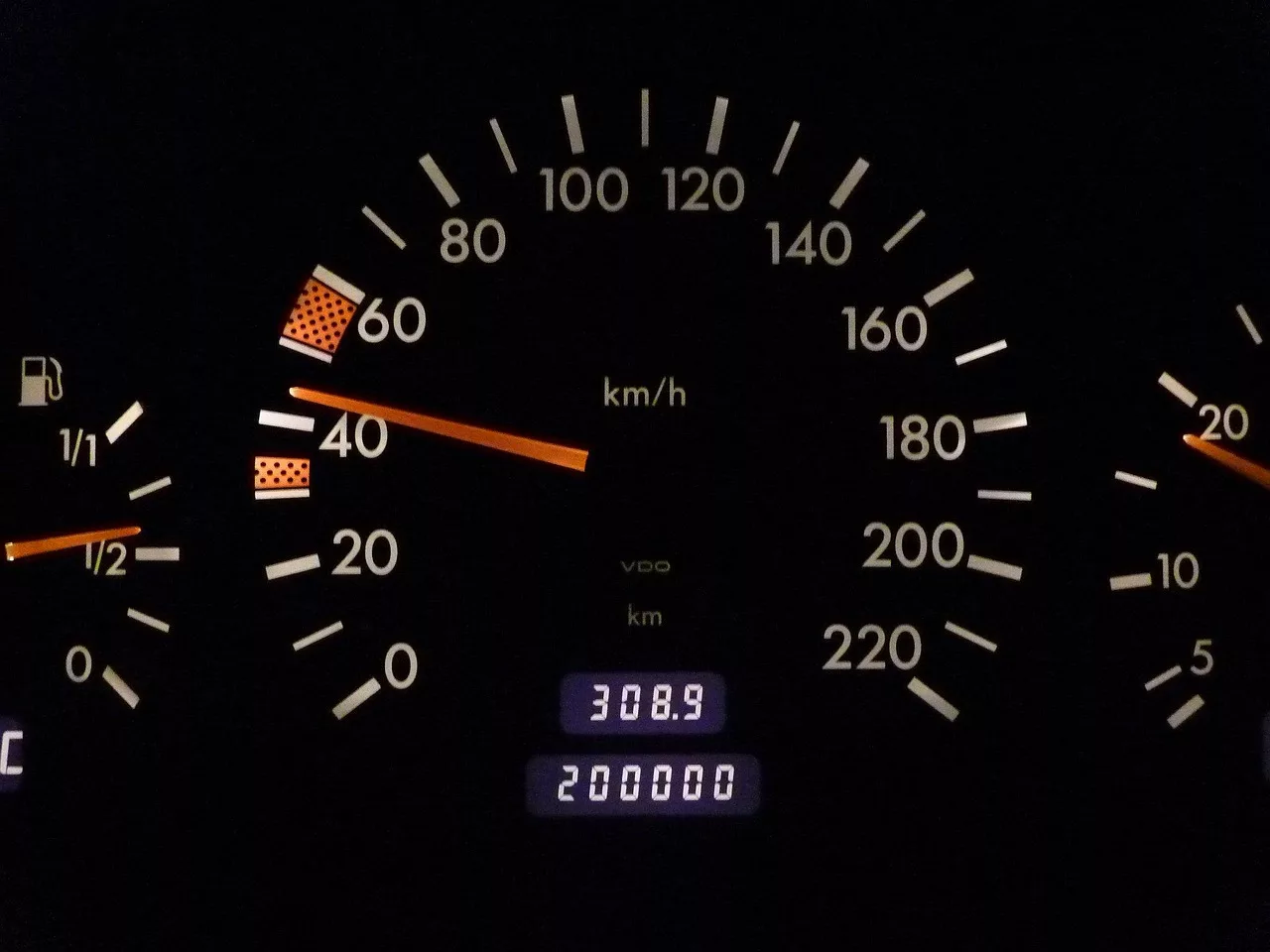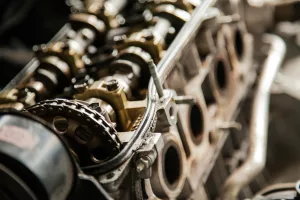Buying a used car can be a smart financial decision, but high mileage vehicles come with significant risks and potential drawbacks. While some high-mileage cars are well-maintained and reliable, many come with hidden problems that could lead to costly repairs. The allure of a lower purchase price can often mask the real expenses of owning an aging vehicle, making what seems like a good deal turn into a financial nightmare. Unexpected breakdowns, frequent maintenance, and declining efficiency can quickly erode any savings you initially gained from the lower cost.
Many high-mileage vehicles have undergone years of wear and tear that may not be immediately visible to the average buyer. Even if the car runs smoothly during a test drive, underlying mechanical and electrical issues may surface later, leading to expensive repair bills. Components such as timing belts, alternators, transmissions, and cooling systems are more likely to fail as the odometer climbs, adding to the unpredictability of owning an aging vehicle.
Before making a decision, it’s crucial to weigh the risks against the short-term savings to avoid unexpected financial burdens down the line. A thorough inspection by a trusted mechanic, researching the vehicle’s maintenance history, and factoring in potential repair costs are essential steps in determining whether a high-mileage car is worth the investment. Often, spending slightly more on a lower-mileage vehicle can provide peace of mind and save you from costly surprises in the long run.
1. Increased Risk of Mechanical Failures
As a car racks up miles, its components naturally experience wear and tear. Engines, transmissions, and suspension systems are more prone to failure in high-mileage vehicles, even if they have been regularly maintained. These essential components are costly to repair or replace, making breakdowns both inconvenient and expensive.
Additionally, as vehicles age, they are more likely to suffer from unpredictable failures that may not always be caught during routine maintenance checks. Components such as gaskets, sensors, and seals may suddenly fail, leading to significant repair costs that can quickly add up. For many owners, the accumulated cost of repairs on a high-mileage car could exceed the price of purchasing a newer, more reliable model.
2. Expensive Maintenance and Repairs
Higher mileage means more frequent and costly maintenance. While routine maintenance such as oil changes and tire rotations remain the same, older vehicles often require major repairs like replacing the timing belt, water pump, alternator, and suspension components. These parts have limited lifespans and could fail soon after purchasing a high-mileage car.
Furthermore, high-mileage cars may have worn-out electrical systems, increasing the likelihood of failing power windows, faulty sensors, and intermittent starting issues. As vehicles approach the 150,000 to 200,000-mile mark, even well-maintained cars can begin to experience declining reliability, leading to more time and money spent at the repair shop.
3. Lower Fuel Efficiency
Older cars, especially those with high mileage, tend to be less fuel-efficient due to engine wear, outdated technology, and declining performance. As internal components degrade over time, engines lose their ability to operate at peak efficiency, causing an increase in fuel consumption. You may end up spending significantly more on gas compared to a newer, low-mileage vehicle that benefits from modern fuel-saving advancements.
In addition to engine wear, the condition of other crucial components such as fuel injectors, oxygen sensors, and catalytic converters can greatly impact fuel economy. When these parts start to degrade, the vehicle may require more fuel to perform the same tasks, leading to noticeable drops in miles per gallon. High-mileage vehicles are more susceptible to fuel inefficiency, making them a costly choice for long-term use.
4. Potential for Hidden Damage
Even if a high-mileage car looks well-maintained on the surface, hidden issues could be lurking beneath the hood. Years of wear and tear can cause internal damage that may not be immediately visible, such as worn-out bearings, corroded wiring, or structural rust that compromises the integrity of the vehicle.
These underlying problems can be difficult to detect during a test drive and might only become apparent after you’ve made the purchase. Additionally, previous owners may have temporarily fixed issues just to sell the car, masking deeper problems that will soon require costly repairs. Without a thorough inspection from a trusted mechanic, you may end up buying a vehicle with significant structural or mechanical flaws.
5. Difficulty Passing Emissions Tests
Older, high-mileage vehicles are more likely to have emission system failures, which can lead to difficulties passing smog tests or inspections. Components such as the catalytic converter, oxygen sensors, and exhaust manifold degrade over time, resulting in excessive emissions that may exceed regulatory limits. If the car doesn’t meet emission standards, you may have to invest in expensive repairs or risk not being able to register the vehicle.
Failing an emissions test can be a major headache, as many states and regions require compliance before allowing a car to be legally driven. Some repairs, like replacing a catalytic converter, can cost over a thousand dollars, turning what seemed like a budget-friendly car into a financial burden. If you’re considering a high-mileage vehicle, it’s crucial to verify that it can pass emissions testing without requiring major modifications.
6. Higher Insurance Costs
Insurance companies often charge higher premiums for older, high-mileage vehicles because they are more prone to breakdowns and accidents. These cars pose a higher risk of mechanical failure, which can lead to unexpected roadside emergencies, increasing the likelihood of claims. Some insurance providers may also offer fewer coverage options for aging cars, making it harder to obtain comprehensive protection.
Additionally, if a high-mileage car gets into an accident, insurance companies are more likely to declare it a total loss due to its lower resale value. This means you may receive less compensation than expected, leaving you with little financial return on your investment. Before purchasing a high-mileage car, it’s important to check insurance quotes and assess whether the increased costs make financial sense.
7. Resale Value is Extremely Low
If you plan to sell the car later, a high-mileage vehicle will depreciate much faster than a lower-mileage counterpart. Most buyers avoid vehicles with excessive mileage, making it difficult to find a buyer or secure a decent resale price. While you may save money initially, you could struggle to recoup your investment when it’s time to sell.
Additionally, once a car reaches a certain mileage threshold, dealerships may not accept it for trade-in value, forcing you to sell it privately. This can be a time-consuming process, especially if the car has developed mechanical issues that deter potential buyers. In contrast, a lower-mileage car retains more of its value over time, making it a better long-term investment.
8. Uncertain Service History
Unless you’re buying from a trusted source, it’s difficult to verify whether a high-mileage car was properly maintained. Missing service records, past accidents, or skipped maintenance can make it a risky purchase, as previous neglect can lead to major breakdowns.
Even if the car comes with a service history, it may not include all repairs and replacements performed over the years. Some sellers may downplay or omit information about past damage, making it hard to gauge the vehicle’s true condition. To minimize risks, it’s best to have a professional mechanic inspect the vehicle before finalizing your purchase.
9. Outdated Safety Features
High-mileage vehicles are usually older models that lack modern safety features such as advanced airbags, lane assist, blind-spot monitoring, and automatic braking. In the event of an accident, you and your passengers could be at a higher risk of injury compared to newer vehicles equipped with cutting-edge safety technology.
Even basic safety features like anti-lock brakes and stability control have significantly improved over the years. Buying an older, high-mileage car means compromising on these advancements, which could be crucial in avoiding or mitigating accidents. Before settling on a vehicle, consider whether its safety features are adequate for your needs.
10. Financially Risky in the Long Run
While high-mileage cars may seem like a bargain upfront, the costs of maintenance, repairs, insurance, and potential breakdowns can quickly outweigh the initial savings. Investing in a lower-mileage, well-maintained car can often be the wiser financial decision in the long run.
A car with fewer miles is likely to last longer, require fewer unexpected repairs, and retain its value better than a high-mileage counterpart. Before making a purchase, carefully evaluate the total cost of ownership rather than focusing solely on the sticker price.
Final Thoughts
Although some high-mileage cars can be reliable, they come with significant risks that could end up costing you more over time. The wear and tear on essential components, combined with the potential for hidden mechanical failures, can turn what seems like a great deal into an expensive mistake. Even if a high-mileage vehicle appears to be in decent condition, the long-term expenses for repairs, parts replacement, and ongoing maintenance can quickly add up, often making it more expensive than purchasing a lower-mileage option from the start.
If you’re considering buying a high-mileage vehicle, make sure to thoroughly inspect it, review service records, and factor in future maintenance costs before making a decision. It’s crucial to have the vehicle assessed by a trusted mechanic to uncover any underlying issues that may not be apparent at first glance. Checking for rust, leaks, transmission wear, and suspension problems can help you avoid investing in a vehicle that will require constant upkeep and repairs. Additionally, ensure that the previous owner followed the recommended maintenance schedule, as neglected service history can accelerate a car’s decline.
A slightly higher initial investment in a lower-mileage car can save you from major headaches down the road. Not only will a newer or less-used vehicle likely require fewer immediate repairs, but it will also hold its value better, ensuring that you don’t lose money in the long run. Choosing a well-maintained, lower-mileage car can provide greater peace of mind, better performance, and overall lower ownership costs compared to taking a gamble on a high-mileage alternative.




